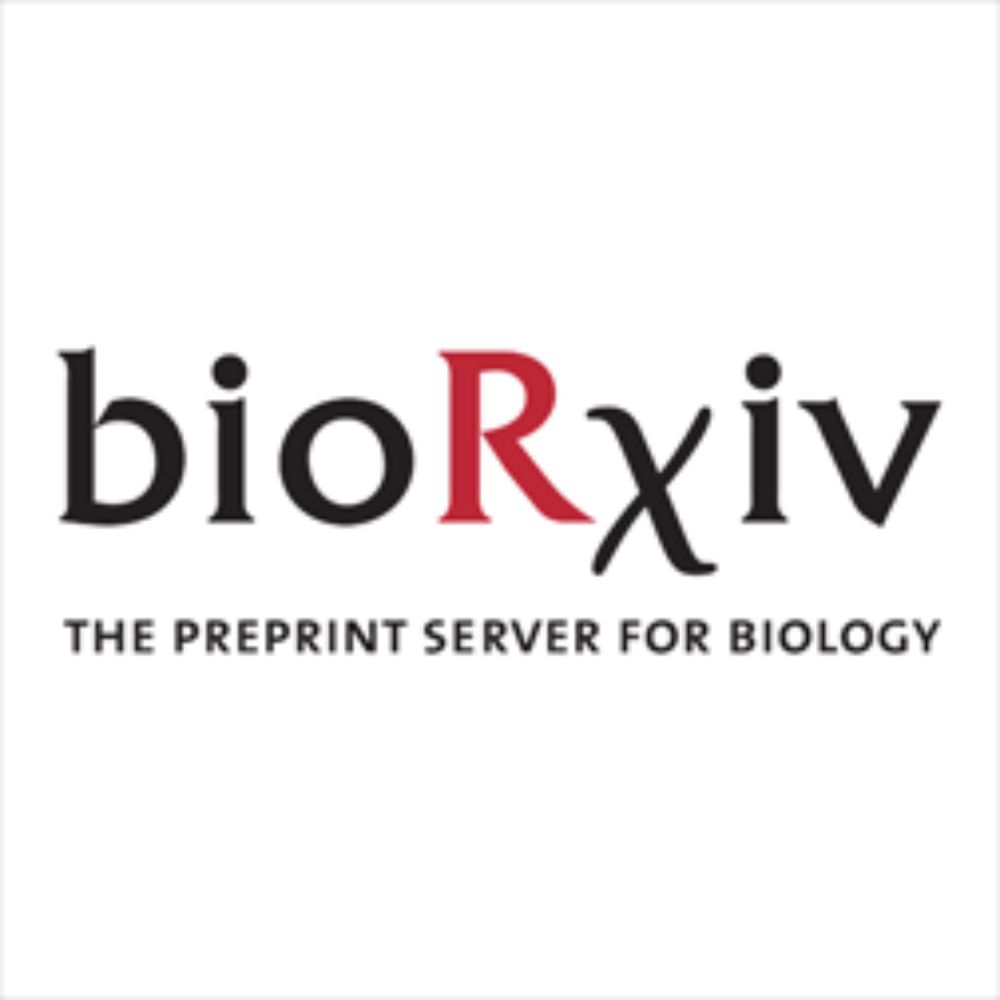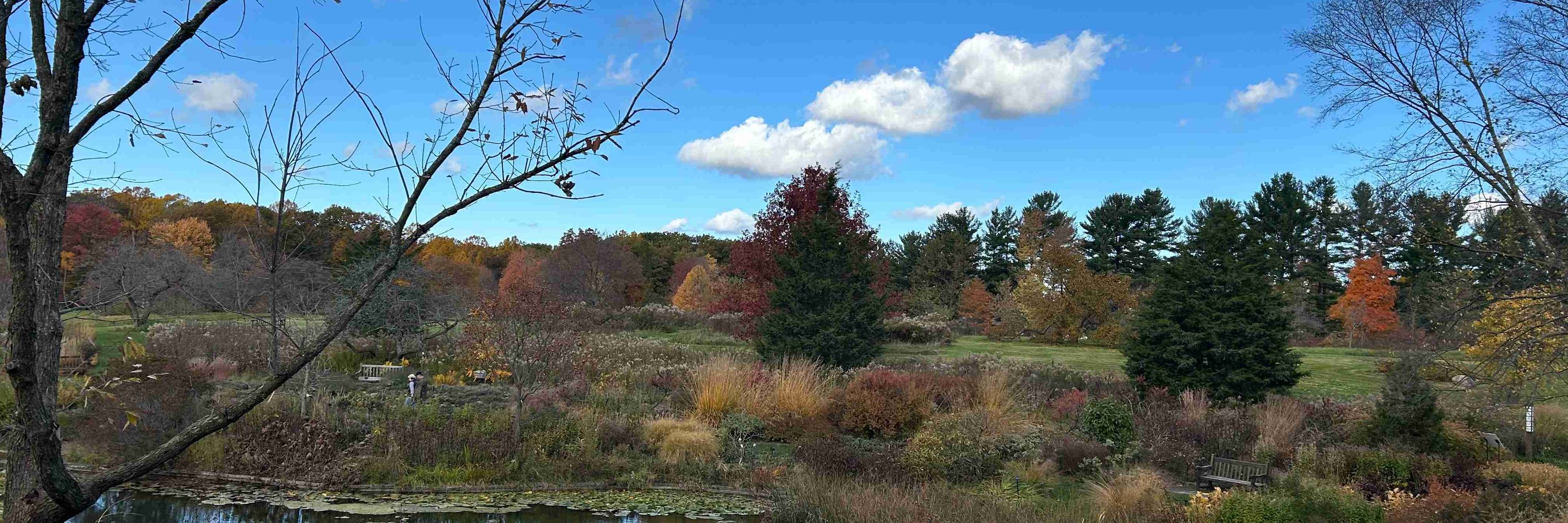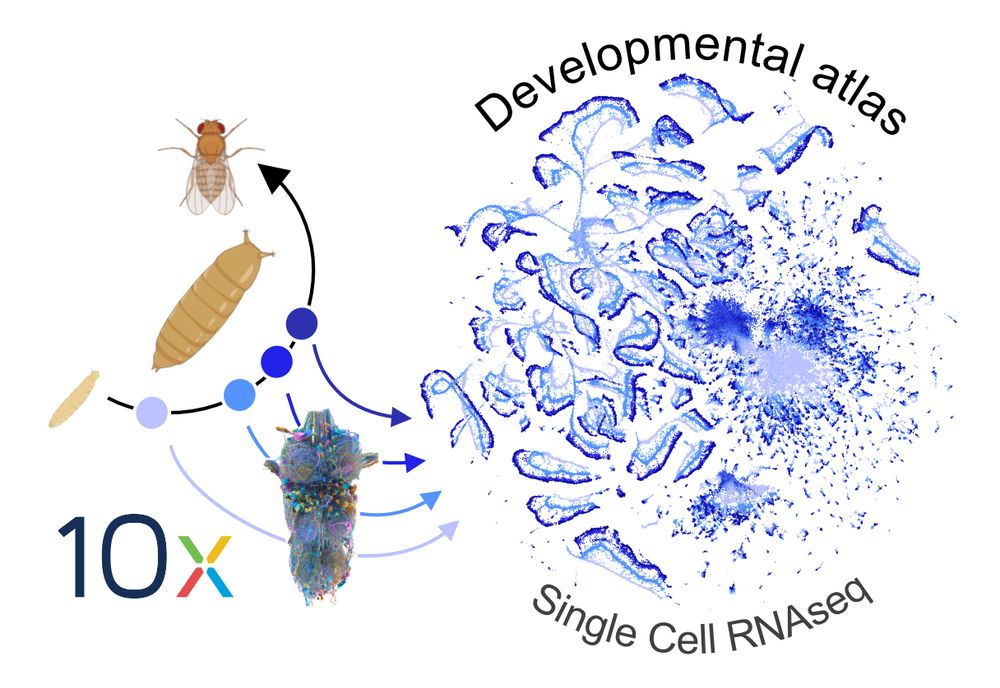Andrew Dacks
@adacks.bsky.social
120 followers
130 following
8 posts
Case Western Reserve University, Insect-o-phile, sensory coding, neuromodulation. www.dacksneuroscience.com.
Posts
Media
Videos
Starter Packs
Reposted by Andrew Dacks
Reposted by Andrew Dacks
Reposted by Andrew Dacks
Reposted by Andrew Dacks
Reposted by Andrew Dacks
Reposted by Andrew Dacks
Rory Coleman
@rorycoleman.bsky.social
· Sep 4
Reposted by Andrew Dacks
Reposted by Andrew Dacks
Reposted by Andrew Dacks
Venki Murthy
@neurovenki.bsky.social
· Sep 1

Mice navigate scent trails using predictive policies
Animals actively sense their environment to extract features of interest to guide behaviors. For mammals, odors are prominent environmental features which are sampled by active modulation of sniffing ...
www.biorxiv.org
Reposted by Andrew Dacks
Andrew Lin
@andrewclin.bsky.social
· Sep 1

Ectopic sodium channel expression decreases excitability of Drosophila Kenyon cells
Abstract figure legend: We tested the effects of expressing the bacterial voltage-gated sodium channel NaChBac in the Kenyon cells of the Drosophila memory centre, the mushroom body. NaChBac expressi...
doi.org
Reposted by Andrew Dacks
Reposted by Andrew Dacks
Reposted by Andrew Dacks
Reposted by Andrew Dacks
Reposted by Andrew Dacks
Reposted by Andrew Dacks
Andrew Dacks
@adacks.bsky.social
· Aug 23
Reposted by Andrew Dacks
Reposted by Andrew Dacks
Reposted by Andrew Dacks










